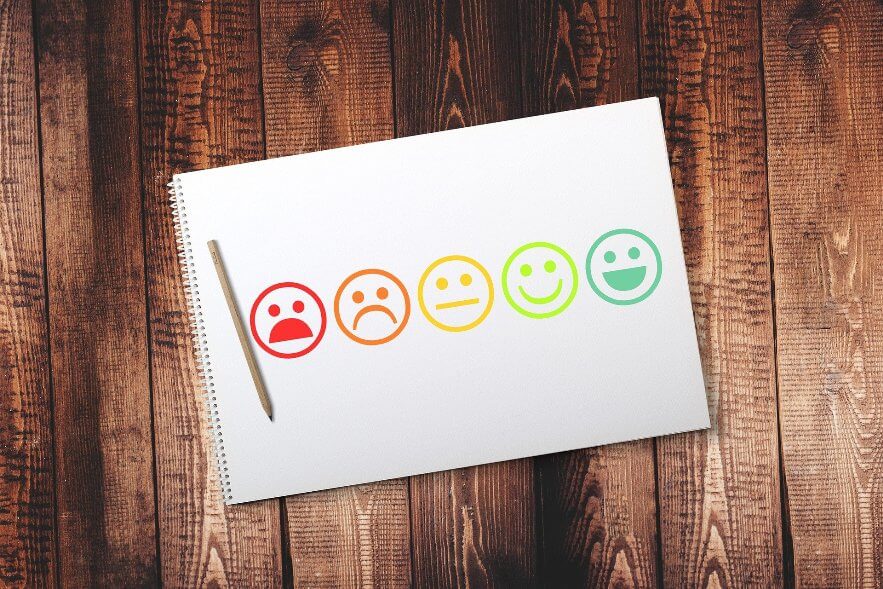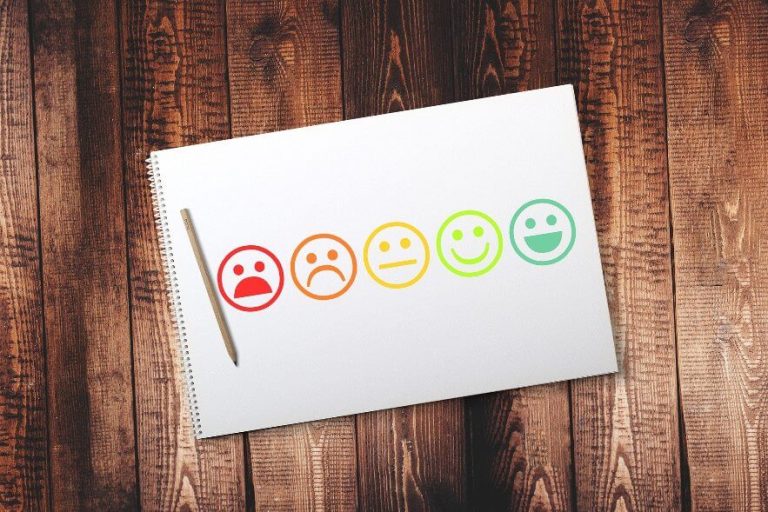A version of this article appeared originally on Adweek. You can read it here.
We’ve all seen the stats.
According to research by Bain & Company, increasing customer retention rates by a mere 5% could increase profits by a whopping 25%-95%.
Acquiring a new customer is anywhere from 5-25 times more expensive than retaining an existing one.
And studies have shown that brand equity depends largely on the degree of customer satisfaction.
So why is customer service not taken more seriously as a critical brand element? Why is more effort and creativity devoted to advertising and marketing than to effective, frictionless communication with clients?
When you step back and think about it, the issue is really a no-brainer.
Brands spend considerable sums to develop the right messaging, produce inventive creative, identify the right audiences and enact effective media buys. But then, once a customer has been secured, the moment they reach out to the brand for one-to-one conversation, the experience is almost universally dreadful.
Post on
Why make that effort and spend that money only to alienate the consumer when they want to engage with you? Advertising is about telling the potential customer how great you are, but customer service is about showing them. Actions speak louder than words.
The Problem With Customer Service Today
Despite all the advancements in marketing, the tools in the customer service playbook are pretty much what they have been for the past 20 or so years — the customer call center and emails. Chatbots have emerged as a high-tech alternative, but have you ever had a satisfactory exchange with one?
And the problem has only gotten worse through the pandemic. A recent study found that due to a massive increase in call volumes during the lockdown, exacerbated by the need to shift call center operations to remote work, average handle time (AHT) increased from an average of 3-6 minutes for most contact centers to closer to 10+ minutes. Abandonment rate (AR) also increased as the time callers had to wait climbed.
The analysis showed that as a result, abandonment rates were likely to rise from 2%-5% to more than 10%. And these are just the averages — many call centers in troubled industries such as travel and healthcare witnessed hold times of up to 10 hours (!!!). How do you think that impacted brand equity and retention?
I get it. Customer service isn’t trendy. There is no Cannes Lion Award for Best Customer Service program. Sharing stories of breakthrough approaches to customer service at cocktail parties isn’t going to keep the crowd engaged (though sharing the results of these approaches just might…).
But treating customer service as an afterthought is the same as putting out poor creative or poor media planning — or worse. It is wasting brand resources and negatively impacting the bottom line. It’s a disservice to the brand. Customer service interactions define brand perception and should be viewed as a critical factor impacting marketing and brand.
As a recent paper published by the Harvard Business Review cited, “although customer service can do little to increase loyalty, it can (and typically does) do a great deal to undermine it. Customers are four times more likely to leave a service interaction disloyal than loyal.”
Examples of Customer-Centric Service
In some industries, such as insurance, virtually all customer interactions are negative before they even start — people don’t tend to call their insurance carrier if they’re having a good day. Turning these painful experiences into positive ones is the key to customer retention and growth.
We’ve seen this in action with brands on the cutting edge of digital-first customer service. For example, USAA simplifies the claims process for customers who’ve been in an auto accident by sending them a video with everything they need to know. It’s personalized, so it includes specific coverage details and shows them exactly what to do next.
Bills, especially complicated ones, can be another pain point, but Bell sees a customer’s first bill as an opportunity to build the relationship. They reach out proactively to explain what the bill includes, show how to access their account, and welcome them (by name and even congratulating them on their new phone) to Bell Mobility.
And it’s all in a video so it’s easy to understand and personal.
Of course, great customer service goes beyond minimizing negative experiences. Done right, it elevates the customer experience. I think of Delta’s year-in-review video campaign that gave loyalty club members a personalized recap of trips taken, miles earned and more.
What a great way to remind your top customers why they love you. And it’s truly customer service because you’re helping them understand how they can get the most out of being your customer. That’s the kind of forward thinking that drives loyalty for the long term.
Customer Service for the Future
It is time to bring customer service out of the backroom and into the boardroom, side by side with marketing and advertising — primarily because it is advertising and marketing, especially in the online social world where your customer’s good or bad experience can be the deciding factor for the next (potential) customer.
It needs to be considered as part and parcel of brand building and revenue generation and not as an afterthought or as a necessary evil.
Let’s get the top creatives of the industry to think beyond the funnel to address customer retention. We can do better than call centers, email or chatbots.
Let’s analyze the path to consumer brand outreach — what consumers want, what they expect and how to better meet their needs. Let’s work to ensure that the promise put forth in brand advertising is lived up to in brand experience.
The result will be not only a happier, more loyal consumer, but a healthier bottom line.





